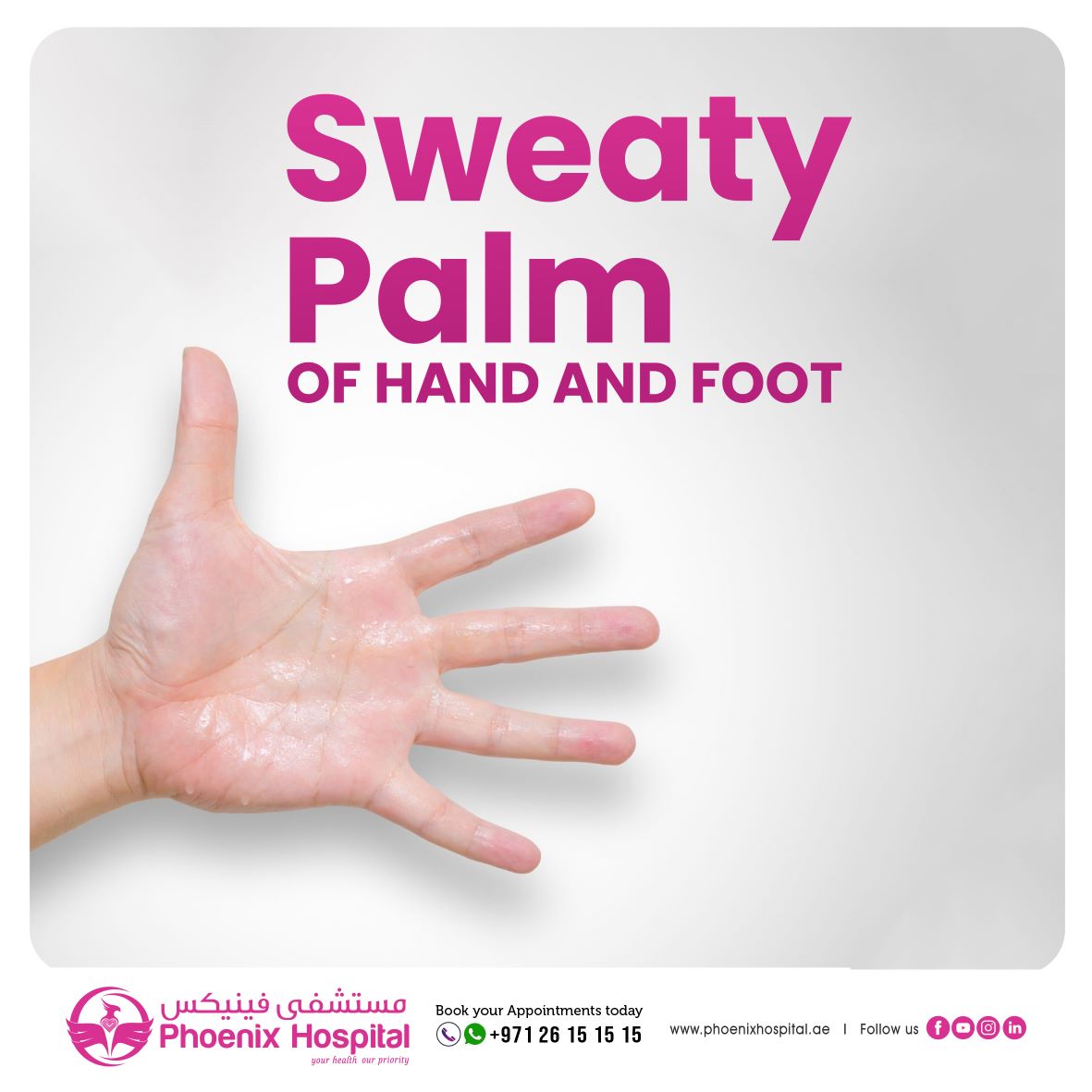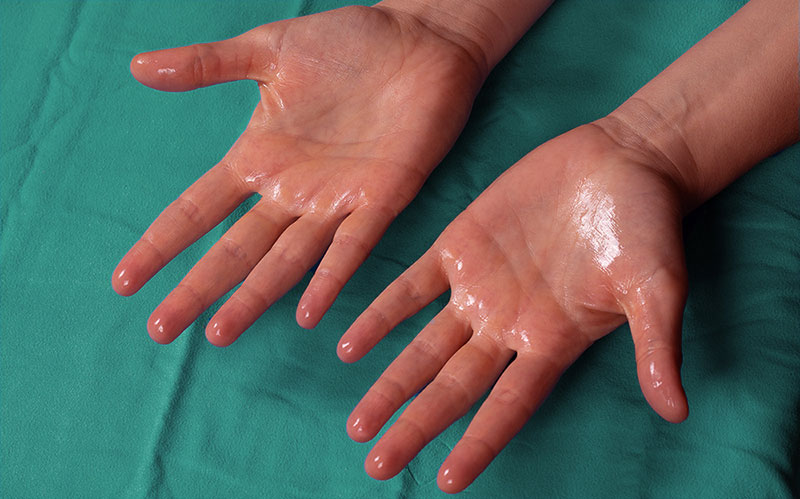Introducing the Intricacies of Excessive Sweating: A Comprehensive Overview to Medical Diagnosis and Management
Too much sweating, medically known as hyperhidrosis, is a condition that impacts a substantial number of people and can have an extensive influence on their quality of life. While sweating is a natural physical feature, its overactivity in hyperhidrosis provides an unique collection of obstacles that typically go beyond mere discomfort.

Understanding Hyperhidrosis Causes
Hyperhidrosis triggers can be connected to different factors such as genes, hormonal discrepancies, and specific medical problems. Genes play a substantial duty in primary focal hyperhidrosis, where individuals inherit the condition from their family members. By recognizing the particular aspects contributing to too much sweating, medical care carriers can tailor treatment strategies to address the underlying reason, providing alleviation and boosting the high quality of life for individuals affected by hyperhidrosis.
Identifying Hyperhidrosis Manifestations

Additionally, hyperhidrosis signs may manifest in social and psychological distress, as people might really feel embarrassed or distressed regarding their sweating, bring about avoidance of social situations (How to stop sweaty hands). In addition, repeated episodes of excessive sweating can result in skin maceration, fungal infections, and a total reduction in self-esteem
Diagnostic Refine for Hyperhidrosis
Initiating the analysis process for too much sweating entails extensive assessment of the person's clinical background and health examination. Making inquiries concerning the onset, duration, and causes of sweating episodes is important to separate between primary focal hyperhidrosis and second generalized hyperhidrosis. Case history ought to likewise include concerns regarding medications, medical problems, and household background of hyperhidrosis.
During the physical exam, certain focus is paid to the areas influenced by sweating. The medical care provider might evaluate the extent of sweating, check for indicators of underlying problems, and examine the impact of sweating on the person's top quality of life. Furthermore, specific examinations like the gravimetric test, starch-iodine test, or skin conductance measurements might be performed to measure the quantity of sweat created.
Furthermore, in cases where second hyperhidrosis is thought, additional examinations such as blood examinations, pee examinations, and imaging studies may be advised to determine the underlying source of too much sweating. The diagnostic process intends to accurately determine the type and reason for hyperhidrosis to assist proper explanation management strategies.
Therapy Alternatives for Hyperhidrosis
When dealing with too much sweating, numerous therapy options are available to relieve signs and improve the person's lifestyle. The treatment approach for hyperhidrosis depends on the severity of blog here symptoms and the person's action to preliminary therapies.
Topical therapies, such as aluminum-based antiperspirants, are typically recommended as the first line of protection for handling mild instances of hyperhidrosis. For people with more serious signs and symptoms, dental medications like anticholinergics may be prescribed to help lower sweating.

Effective Management Techniques
To properly take care of hyperhidrosis, a extensive and individualized treatment strategy tailored to the client's specific needs useful site and reaction to previous treatments is crucial. Iontophoresis, including the usage of a low electrical existing to reduce sweat gland task, can be beneficial for both palmoplantar and axillary hyperhidrosis. A multidisciplinary approach entailing skin doctors, key care doctors, and, if essential, specialists, can optimize the monitoring of hyperhidrosis.
Final Thought
In final thought, hyperhidrosis is a condition defined by extreme sweating, which can considerably influence an individual's top quality of life. With appropriate medical diagnosis and monitoring techniques, people enduring from hyperhidrosis can locate alleviation and enhance their general wellness.
Extreme sweating, clinically understood as hyperhidrosis, is a condition that influences a substantial number of people and can have an extensive effect on their high quality of life. By determining the details variables adding to extreme sweating, health care providers can customize treatment plans to address the underlying reason, providing alleviation and boosting the quality of life for people influenced by hyperhidrosis.
Hyperhidrosis, defined by excessive sweating beyond what is needed for regulating body temperature, can significantly influence a person's quality of life. Asking regarding the start, duration, and activates of sweating episodes is critical to separate in between main focal hyperhidrosis and additional generalized hyperhidrosis. Sweaty hands treatment.In verdict, hyperhidrosis is a problem defined by extreme sweating, which can substantially influence a person's quality of life